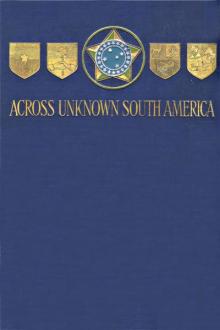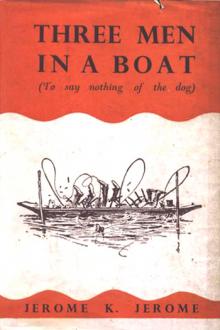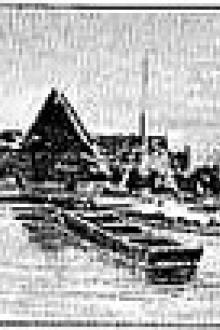Across Unknown South America
Book Excerpt
We travelled over sparsely wooded country to 2,350 ft. Tobacco-coloured soil was still under our feet, yellow spattered lava, then again reddish soil, wonderfully rich and fertile, if only it could be cultivated. The country was here peculiar for its many undulations until we arrived on the rim of a large basin, extending from north-west to south-east, of great campos, with stunted vegetation at first, but later with a truly luxuriant growth of vigorous-looking Jtauba preta (Oreodaphne Hookeriana Meissn.), with thick deep green foliage.
We crossed two streamlets flowing north. On going uphill we travelled on masses of volcanic pellets (elev. 2,500 ft.). To the south we could see a number of hills, the sides of which showed the great effects of erosion by wind and water. Nearly all those hill ranges extended from east to west. A long depression could be observed cutting them from north to south.
That was a fine day for cloud effects, especially along the horizon, where they displayed horizontal lines, while they had great ball-like tops. Higher up, to the north-west, was feathery mist turning the sky to a delicate pale blue. A heavy, immense stratum of cloud in four perfectly parallel terraces extended on the arc from west to north.
We descended into a cuvette with the usual cluster of vegetation in the

 Free Download
Free Download

























